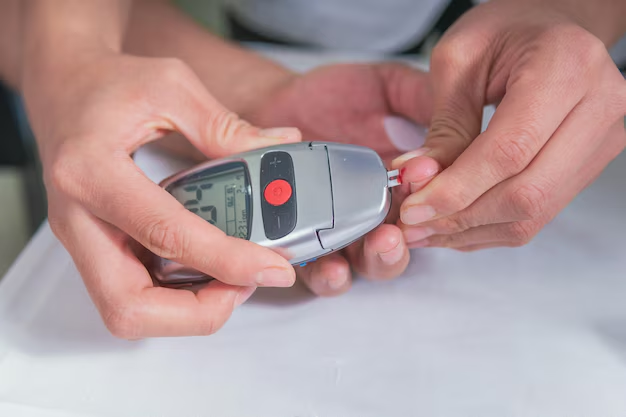Navigating Medicare Part B: What Diabetic Supplies Are Covered?
Living with diabetes involves a myriad of daily responsibilities, from maintaining a balanced diet to diligently monitoring blood sugar levels. For those managing this condition, having access to essential diabetic supplies is not just about convenience; it's a necessity for staying healthy. If you're a beneficiary of Medicare Part B, understanding what diabetic supplies are covered can significantly ease the financial burden and help you focus on your well-being.
Key Diabetic Supplies Covered by Medicare Part B
Medicare Part B partially alleviates the cost of diabetic supplies, but it's crucial to know exactly what is covered. Here’s a quick overview of the essential supplies Medicare Part B provides coverage for:
- Blood sugar monitors: Devices that measure your blood glucose levels, crucial for adjusting treatment plans and maintaining stable health.
- Test strips: Used in conjunction with blood sugar monitors, test strips are necessary for frequent glucose testing.
- Lancet devices and lancets: Essential for obtaining blood samples for glucose tests.
- Control solutions: Used to check the accuracy of your glucose meter and strips to ensure they give reliable readings.
- Insulin pumps and related supplies: If you use an insulin pump, Part B covers the pump and most associated supplies like infusion sets and syringes.
It’s important to note that while insulin used with an insulin pump is covered, insulin provided by syringe or pen is not. For broader insulin coverage, you would need Medicare Part D.
Additional Coverage Considerations
To qualify for coverage under Medicare Part B, a few conditions must be met. Supplies must be deemed medically necessary, prescribed by a healthcare provider, and from a Medicare-enrolled supplier or pharmacy. It’s also worthwhile to remember that deductibles and coinsurance may apply, so understanding your specific plan details is vital.
Exploring Financial Assistance and Support
Managing diabetes extends beyond health; it's also a financial commitment. If Medicare Part B coverage leaves gaps, various financial assistance programs exist to help.
State-run assistance programs: Many states offer additional support for individuals with limited income and resources, helping to bridge Medicare coverage gaps.
Nonprofit organizations: Entities like the American Diabetes Association sometimes provide financial support or discount programs for diabetic supplies.
Additionally, educating yourself about financial relief or aid programs can drastically affect how you're able to allocate expenses elsewhere. Consider avenues like educational grants or credit card solutions that allow greater flexibility with managing your finances overall.
Taking the Next Steps
Understanding the interplay between Medicare coverage and personal financial health can be a game-changer for anyone managing diabetes. As you evaluate your ongoing needs, always stay informed about what options are available to you, whether through Medicare, supplemental insurance, or public assistance.
Financial Assistance and Support Options 💡
- 🏥 Medicare Savings Programs: Help pay Medicare premiums and out-of-pocket costs.
- 🌍 State Pharmaceutical Assistance Programs: Offer additional help in some states.
- 💸 Nonprofit Financial Aid: Programs offered by organizations like the Patient Advocate Foundation.
- 🎓 Educational Grants: Financial support for those seeking to further their medical education and expertise.
- 💳 Credit Card Solutions: Cards with lower interest rates for healthcare expenses.
In conclusion, while Medicare Part B provides substantial assistance, it's essential to capitalize on all available resources to ensure comprehensive diabetes management. By navigating through these financial and educational avenues, you can achieve greater stability and focus on what truly matters—your health and well-being.
